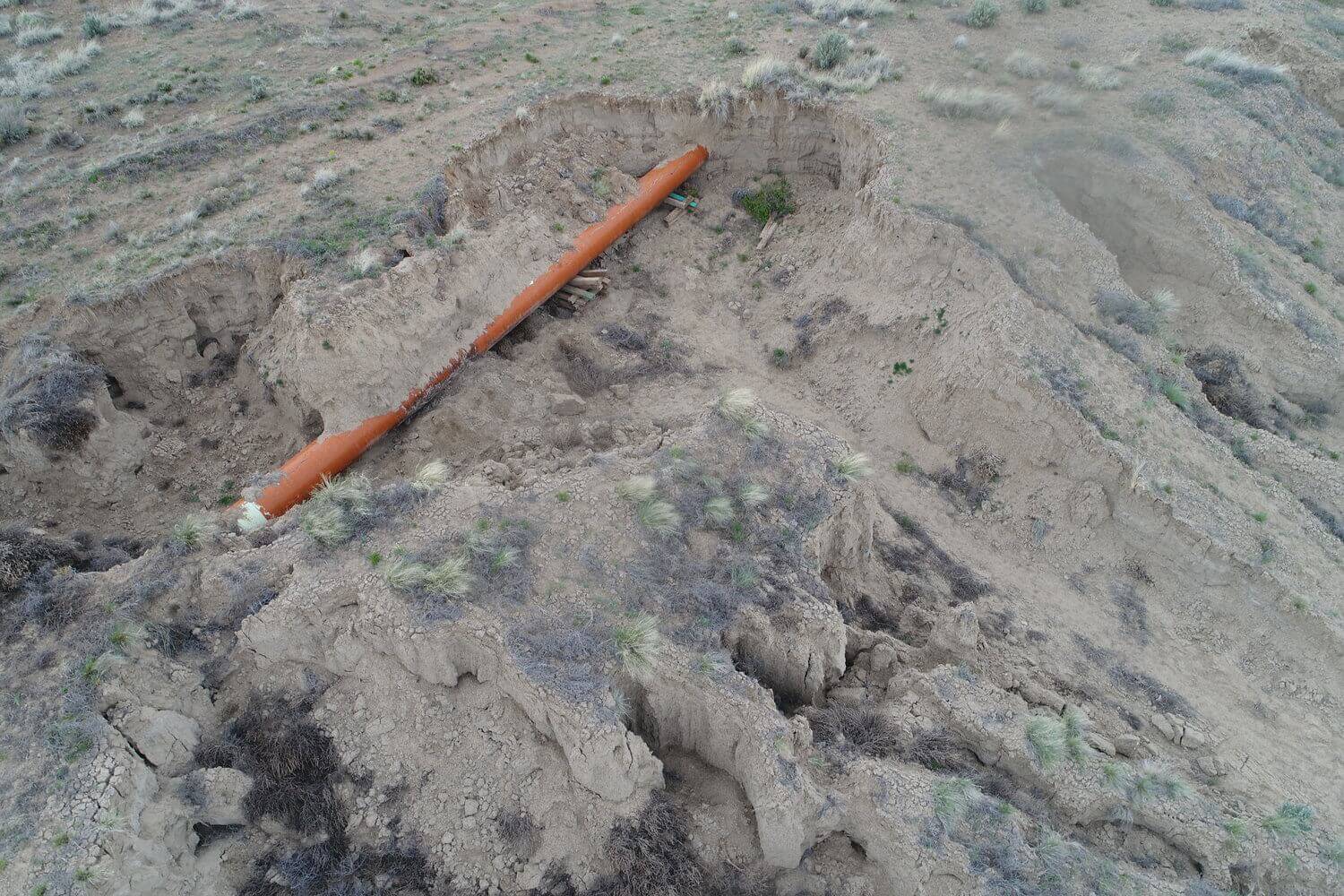As someone who is well-versed in the oil and gas pipeline industry, you are knowledgeable about terms specific to your job requirements. However, it is also essential that you remain well-versed on terms that affect your job in other ways regarding the environment and pipeline erosion control.
When your company chooses to work with Submar, you will hear numerous terms related to pipeline erosion control. One of them is erosion rill. Although Submar technicians will take the time to explain any terms you are unfamiliar with, it is helpful to have a general understanding before discussing the specifics of your project.
What Is Erosion Rill?
Erosion rill occurs when soil and sediment are removed by concentrated water. The water is not necessarily moved by a big, sweeping body of water like a river. Instead, erosion rill occurs thanks to tiny streamlets or headcuts. Rills are one of the more common forms of erosion. Over time, rills will become broader and more profound.
What Is Erosion Rill Relevant?
For those in the oil and gas pipeline industry, erosion rills are a severe concern because they occur gradually over time. When a pipeline stretches for miles, it can seem nearly impossible to keep up with pipeline erosion control but it could be the reason specific areas of your pipeline are now exposed.
One of the best ways to combat it is with Submar mats. These mats allow vegetation and roots to grow without being swept away by erosion. By doing so, sediment locks into place and is not as prone to erosion. Installing Submar mats could go a long way toward reducing your risk of erosion rill.


